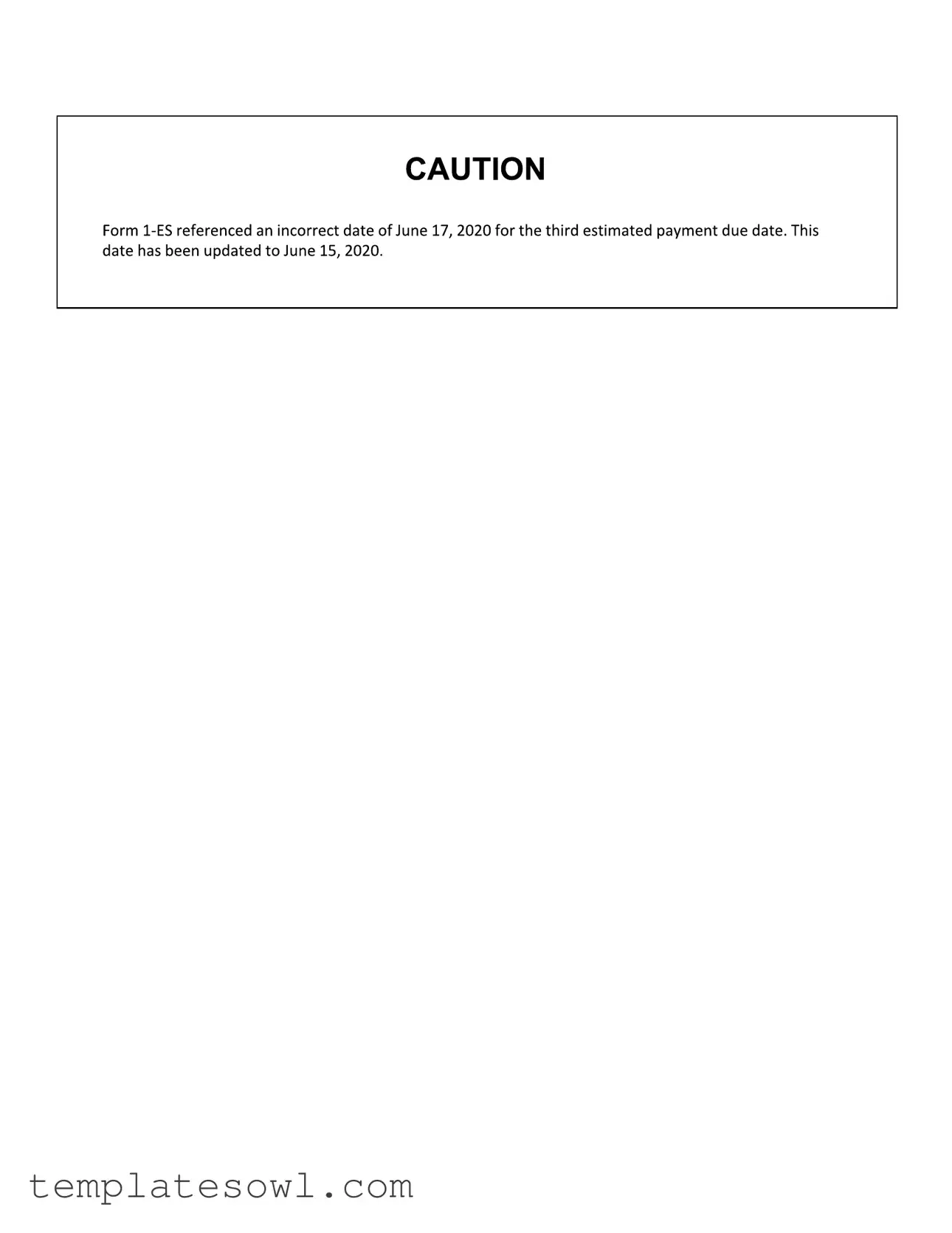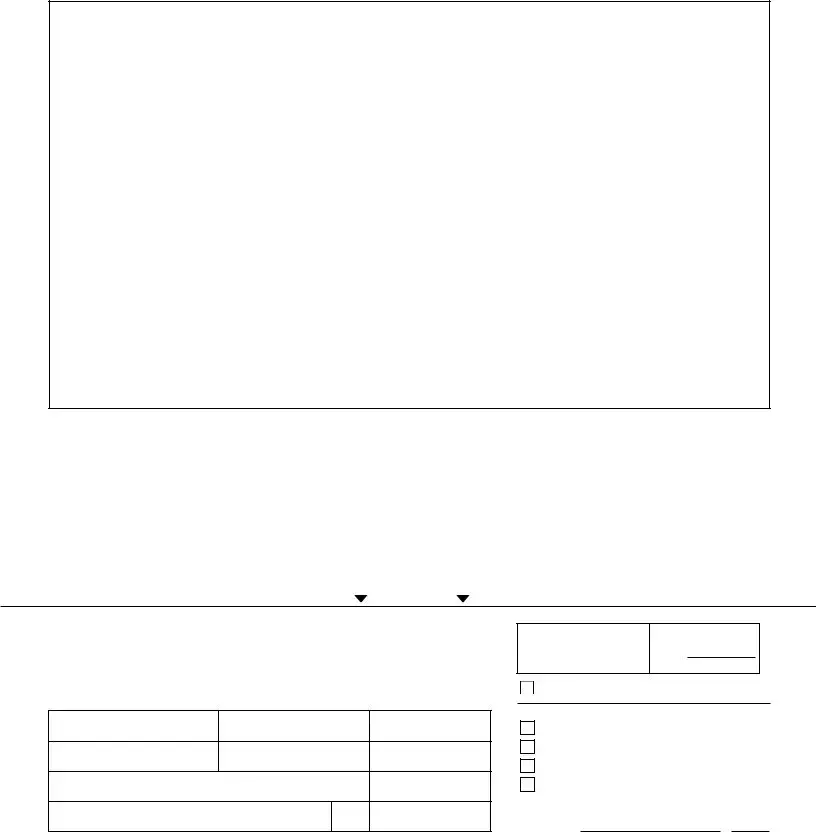What is the Wisconsin 1 Es form?
The Wisconsin 1 Es form, specifically Form 1-ES, is used for making estimated income tax payments in Wisconsin. This form is necessary for taxpayers who need to submit payments during the tax year, rather than waiting until the annual tax return is filed.
What should I do if I notice an incorrect date on my Form 1-ES?
If you find an incorrect date on your Form 1-ES, note that the third estimated payment due date should be June 15, 2020, not June 17, 2020. It’s important to keep this in mind as you prepare your payments to ensure they are submitted on time.
How do I correctly fill out the Wisconsin 1 Es form?
To fill out the Wisconsin 1 Es form correctly, use the personalized voucher provided online. Type in your information so the numeric string at the bottom changes to reflect your details. Be sure to include your social security number without hyphens, or enter the 9-digit FEIN for trusts.
Why shouldn't I print a blank voucher to complete by hand?
You should avoid printing a blank voucher because it may lead to errors. Using the online personalized voucher ensures that your estimated tax payments are properly credited, and it helps prevent delays related to incorrect information.
What year should I write on the voucher?
Make sure to use the correct year on your voucher—2020. Do not cross it out and write in a different year, as this will result in your payment being credited incorrectly. Always double-check to confirm you are using the right voucher for your payment.
Where should I send my payment?
Your payment should be mailed to the address specified on the voucher. Send it to the Wisconsin Department of Revenue at PO Box 930208, Milwaukee, WI 53293-0208. It’s vital to follow these instructions to ensure your payment is processed correctly.
Can I attach other forms or instruction sheets to my payment voucher?
No, do not attach any other forms or instruction sheets to the voucher. Just send the voucher and your payment alone. This helps keep your submission clear and organized, minimizing the risk of processing errors.
What if my address has changed?
If your address has changed since your last payment, be sure to check the box indicating that the address is corrected. If you did not provide your new address on a prior payment voucher, completing this section accurately will help ensure your information is current.
How do I ensure my payment is processed on time?
To ensure your payment is processed on time, fill out the Form 1-ES carefully, make sure you send it by the due date, and use the appropriate voucher for the correct tax year. Avoid last-minute submissions, as delays can happen during peak times.


